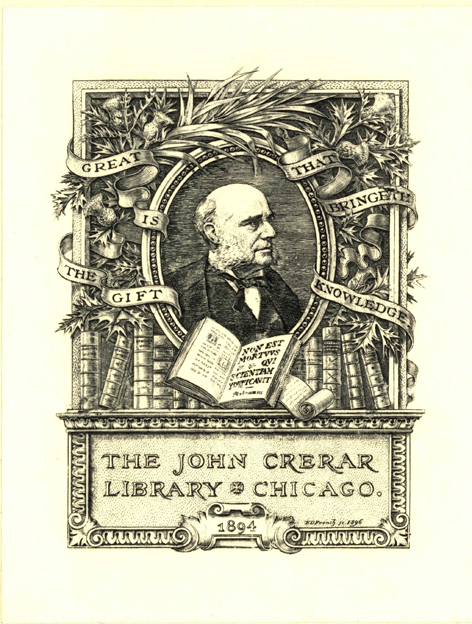| Summary: | Popular street food, based on the integration of different culinary elements, has decisively contributed to mitigate the factors of social exclusion in Peru. Although the first Hispanic-Peruvian generations modeled their gastronomic preferences according to a hierarchical social vision, the colonial kitchen and table were meeting spaces in which the castes shared tastes and flavors. In this way, the national culinary tradition, so diverse in stews, soups and desserts, emerged. All these were put within the reach of the people through numerous inns or street stalls selling food. The journalistic chronicles describe meticulously the gastronomic apotheosis that accompanied each festive act. These aromas and flavors of popular food not only provoked numerous sensory experiences, but transcended to the cultural level modifying diets and consumption patterns and significantly influencing the renewal of communication codes and ways of speaking of Peruvians.
|
|---|


